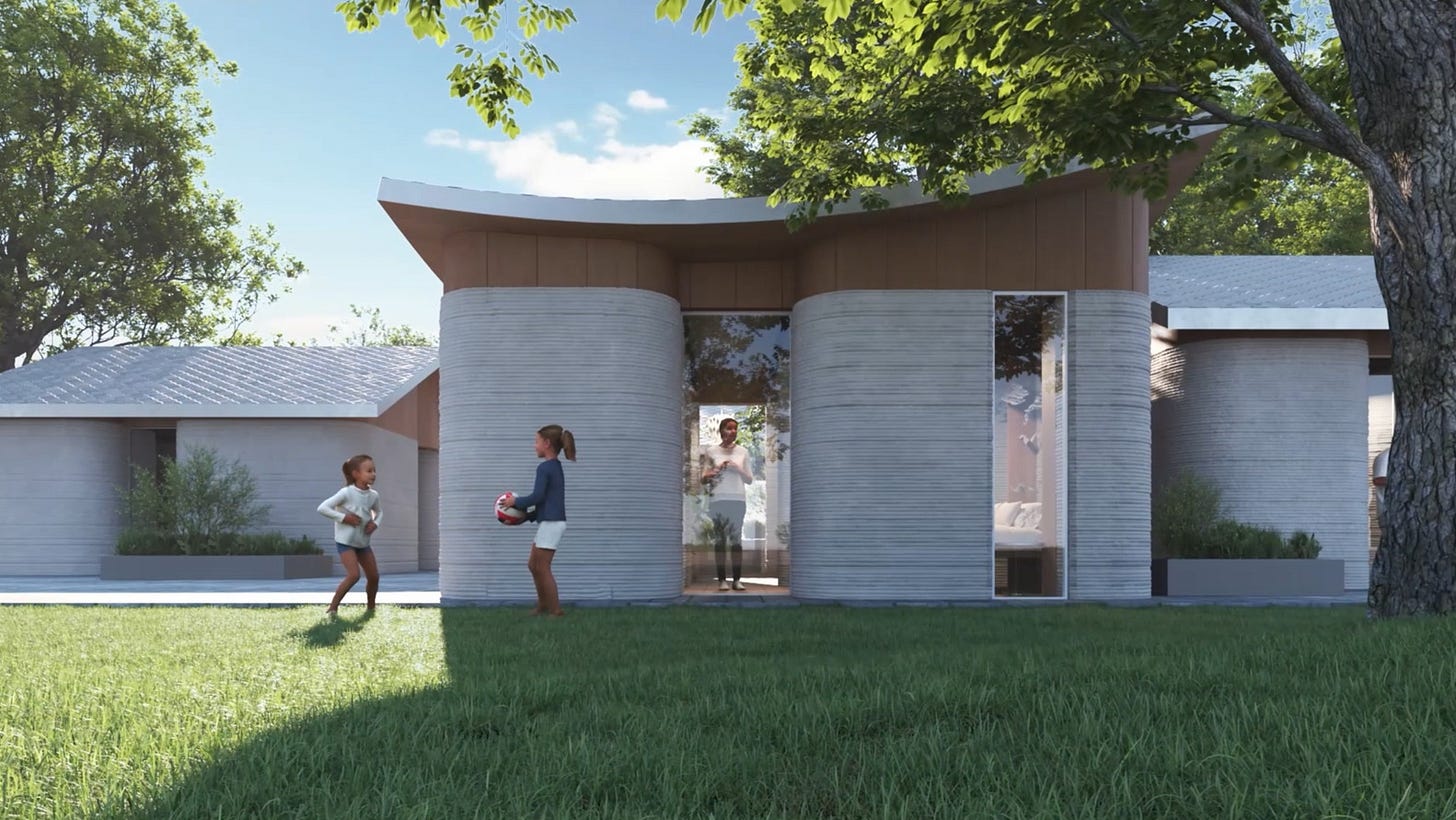Shrinking Spaces, Growing Concerns: The Controversy of Tiny Home Living
Tackling affordability, sustainability, and livability in the compact housing movement 🏠
This Week’s Top Highlights:
🍃 Building Bright Spaces for the Future: Advances in materials and environmental management are seamlessly integrated into architectural designs, offering innovative solutions that blend functionality with aesthetics. Read more.
🏛 2023 RIBA House of the Year Award: The annual award showcases the best example of residential design in the UK. Click here and find out who won the award!
📞 Call for submissions: Sustainable Urbanism Scholarship 2024: The European Cultural Academy is offering a scholarship to join the 3rd edition of the "Sustainable Healthy Cities: building for the Future” course. Learn more here
Read Time: 3 Minutes
Shrinking Spaces, Growing Concerns: The Controversy of Tiny Home Living 🏠
Tiny Homes address the pressing need for affordable housing by reducing building shelter costs and expediting the production process.
The ultimate goal is to ensure that individuals and families facing housing insecurity can access safe, decent, affordable housing as quickly as possible.
By streamlining the construction process and utilizing cost-effective materials and techniques, this approach seeks to make housing more accessible and attainable for those in need. But are these places where people can live long-term?

I can't imagine living in a 400 sq.ft apartment, where I would live, study, and work from it. It's a challenge that many of us would struggle with, and it's important to consider it when discussing the viability of tiny homes.
While I applaud the concept as a means to provide immediate shelter, I hesitate to label these structures as 'homes '. A mere roof and four walls do not encompass the essence of a home.
Let's face the reality: we are in the midst of a housing crisis, and simply offering small spaces for shelter does not address the root of the problem.
I do see their potential of this concept for certain demographics. For instance, they could serve as a viable option for young professionals who have recently finished their education and are eager to establish their independence. These individuals may be willing to forgo certain luxuries in exchange for affordable housing.
Tiny Homes is a potential opportunity to develop a concept that forces individuals to leave their parent's nest, explore the world, and, who knows, create their own world.
But, before that, designers, architects and city planners have to come together and create specific rules that will later be used as guiding principles because a roof is not the only requirement people look for in their built environment; their mental health is a key factor and connection to nature is crucial to create connectedness and to create a sense of community.
I envision a convergence of 3D printing technologies and Tiny Homes, offering a beacon of hope in the face of the housing crisis. This innovative approach not only provides a temporary solution but also opens up new avenues for job creation in the tech and construction industries.




